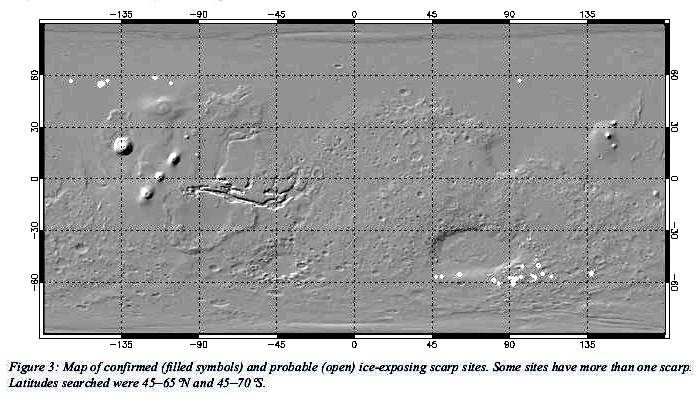UPDATE 2: The article censored by Medium has now been posted at zero hedge, and I have changed the link below. As I said, spend some time reading it. The information is substantial, the analysis thoughtful and detailed, and the perspective calm and rational.
UPDATE 1: The article I link to has been blocked by the server. You get this message:
Error
410
This post is under investigation or was found in violation of the Medium Rules.
Or to put it more bluntly, “Medium Rules” are hostile to thoughtful, fact-based analysis. Quite disgusting. If I was the writer I would switch servers in a heartbeat. And if I was another writer on the same server I’d tell them to go to hell as well.
You can read another analysis of the article here, which provides a few more quotes from the article. I will also not be surprised if the article reappears shortly.
—————————————————————–
Original post:
Link here. The article is incredibly detailed about every single aspect of the virus, and finds that it is simply not significantly different from the flu. The numbers outlined also confirm my conclusions from earlier in the week, that the panic over the Wuhan/COVID-19/coronavirus are simply unwarranted. More than anything else, this fact about the virus illustrates this fact:
Dr. Paul Auwaerter, the Clinical Director for the Division of Infectious Diseases at Johns Hopkins University School of Medicine echoes [other findings], “If you have a COVID-19 patient in your household, your risk of developing the infection is about 10%….If you were casually exposed to the virus in the workplace (e.g., you were not locked up in conference room for six hours with someone who was infected [like a hospital]), your chance of infection is about 0.5%”
According to Dr. Auwaerter, these transmission rates are very similar to the seasonal flu.
To put it mildly, this epidemic is a nothing burger. Yes, it is killing a small percentage of the population worldwide, but almost all of those are old and already sick. Yes, it is spreading fast, but the spread is comparable to the flu and is thus not special or unusual.
And yes, actions to slow the spread will be helpful to both the scientists trying to come up with treatments and cures and the healthcare system that has to treat this new influx of patients, but the autocratic restrictions being imposed by state and city governments in the U.S. are almost all counter-productive. As the article notes:
Local governments and politicians are inflicting massive harm and disruption with little evidence to support their draconian edicts. Every local government is in a mimetic race to one-up each other in authoritarian city ordinances to show us who has more “abundance of caution”. Politicians are competing, not on more evidence or more COVID-19 cures but more caution. As unemployment rises and families feel unbearably burdened already, they feel pressure to “fix” the situation they created with even more radical and “creative” policy solutions. This only creates more problems and an even larger snowball effect. The first place to start is to stop killing the patient and focus on what works.
Start with basic hygiene: The most effective means to reduce spread is basic hygiene. Most American’s don’t wash their hands enough and aren’t aware of how to actually wash your hands. Masks aren’t particularly effective if you touch your eyes with infected hands. Ask businesses and public places to freely distribute disinfectant wipes and hand sanitizer to the customers and patrons. If you get sick or feel sick, stay home. These are basic rules for preventing illness that doesn’t require trillions of dollars.
Meanwhile, our federal government is about to pass a one to two trillion dollar stimulus bill that will further bankrupt the government, aimed at distributing money, not for developing and making available the necessary drugs to combat the virus, but to their buddies and to Americans as a pay-off for their terrible policies that are destroying jobs, incomes, lives, and the economy.
Read it all. Take your time doing it, as the amount of information is substantial. The bottom line, however, is that if you inform yourself properly about COVID-19, you will realize that we are panicking for no reason. And with our panic we are allowing corrupt politicians to destroy our freedoms and rights while they increase their power over us.

